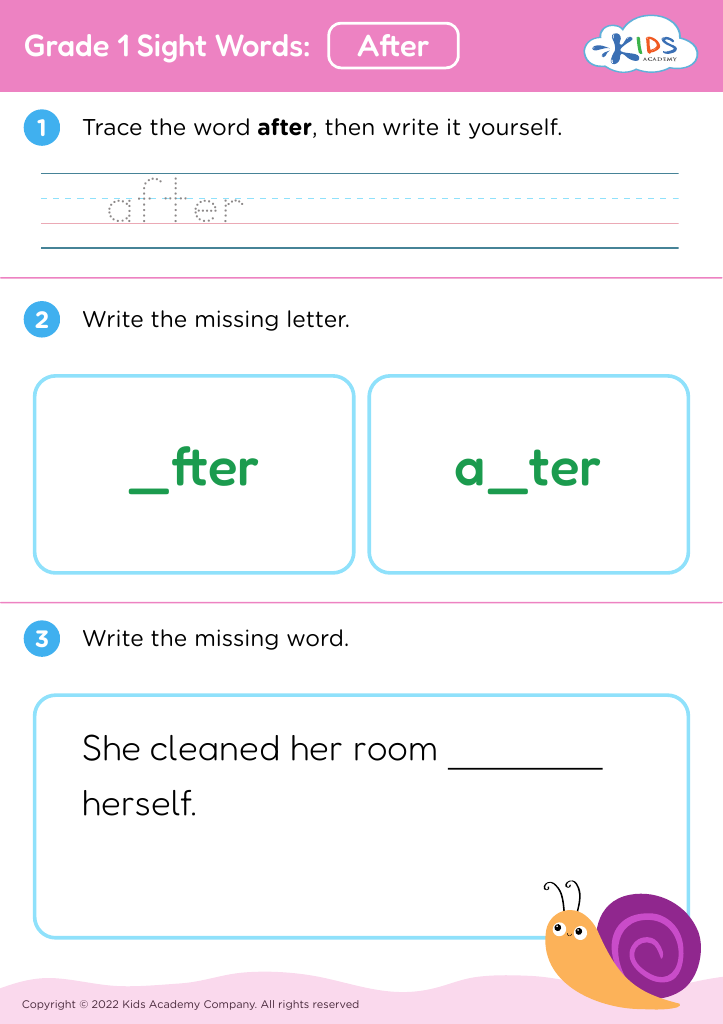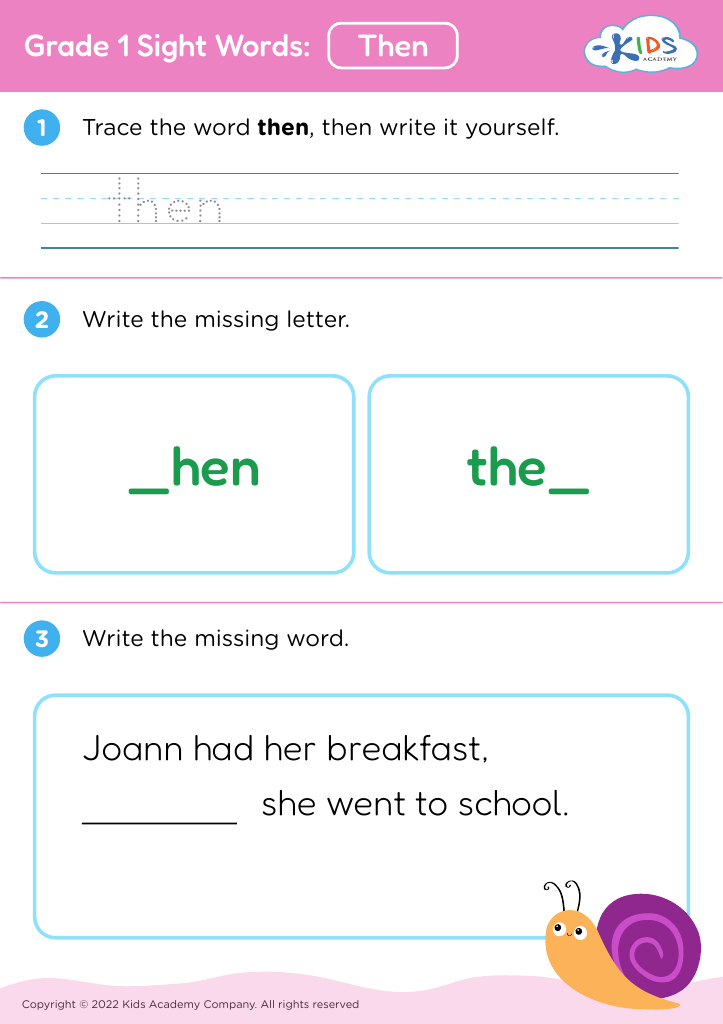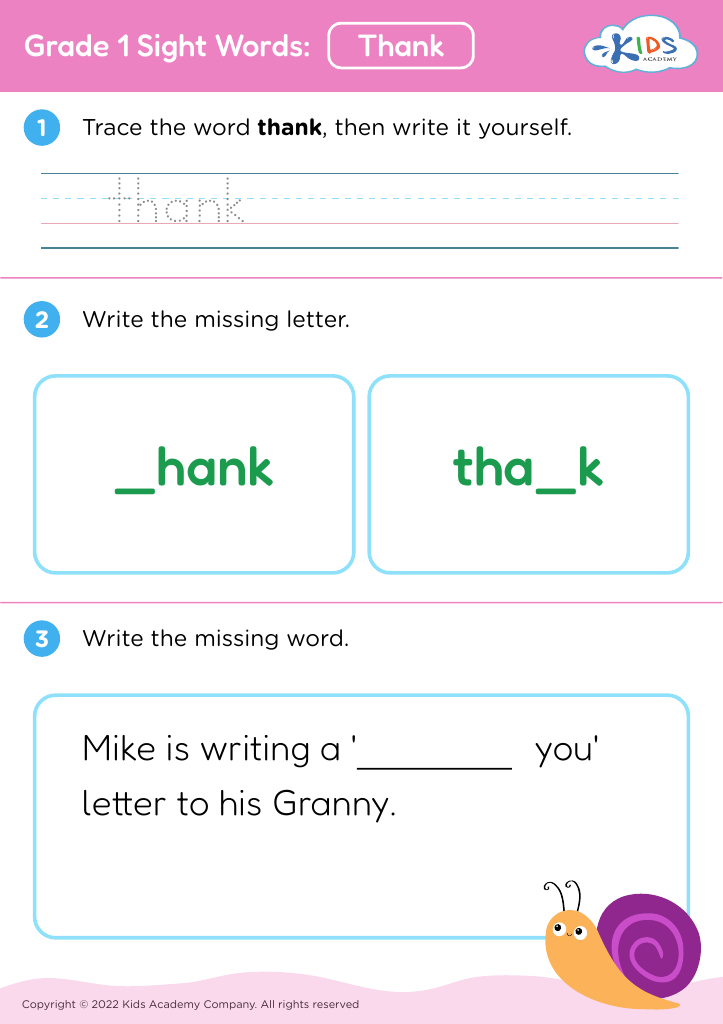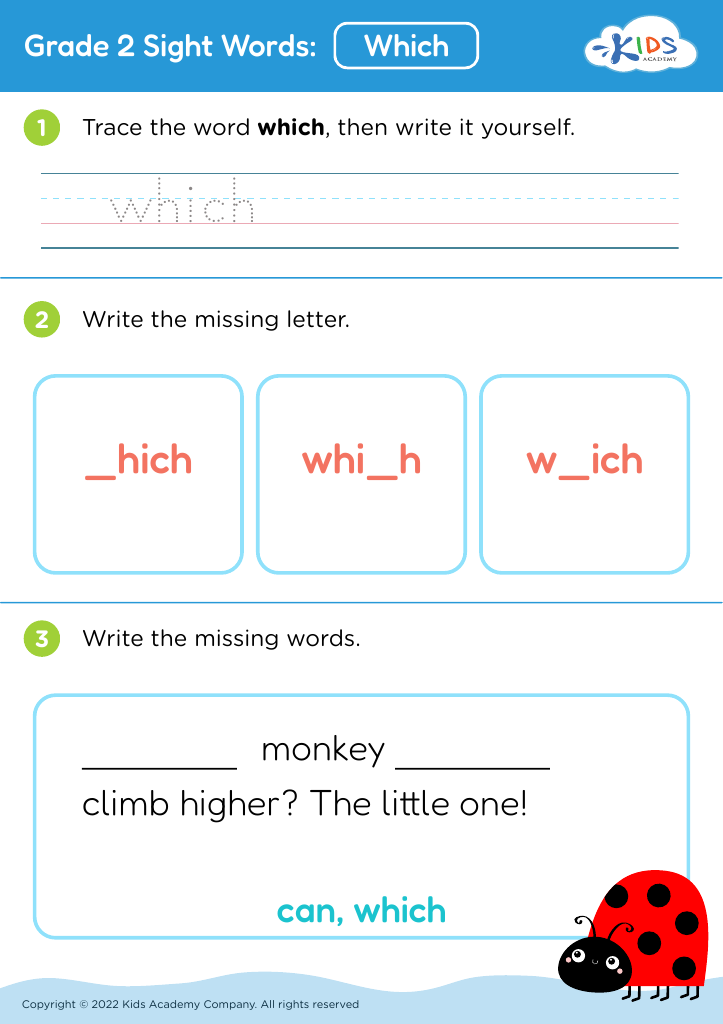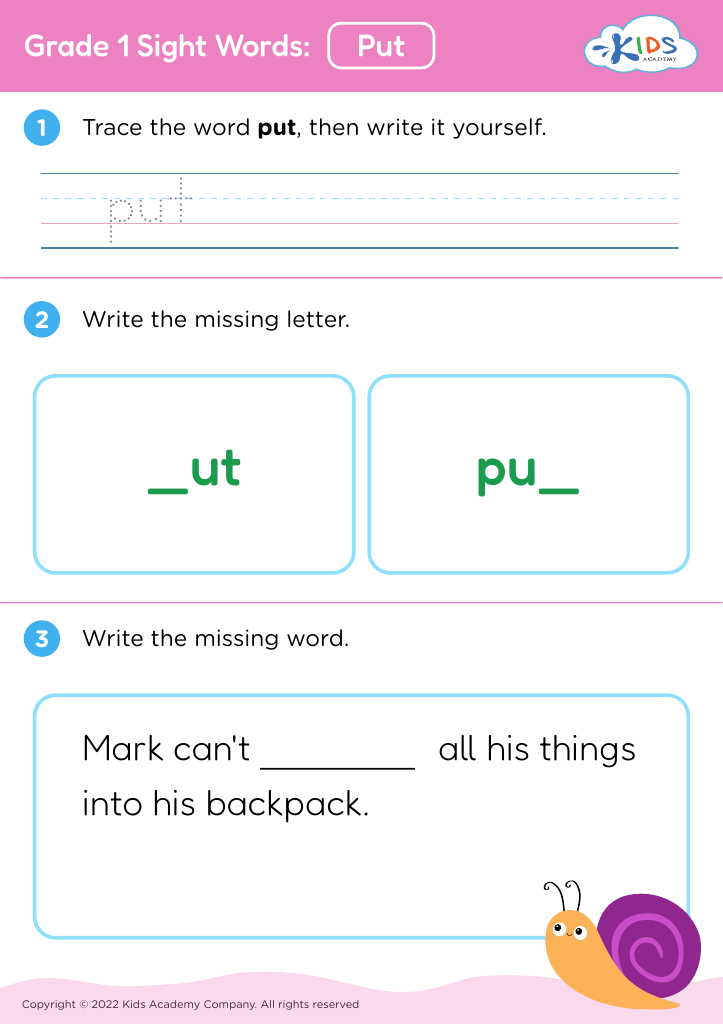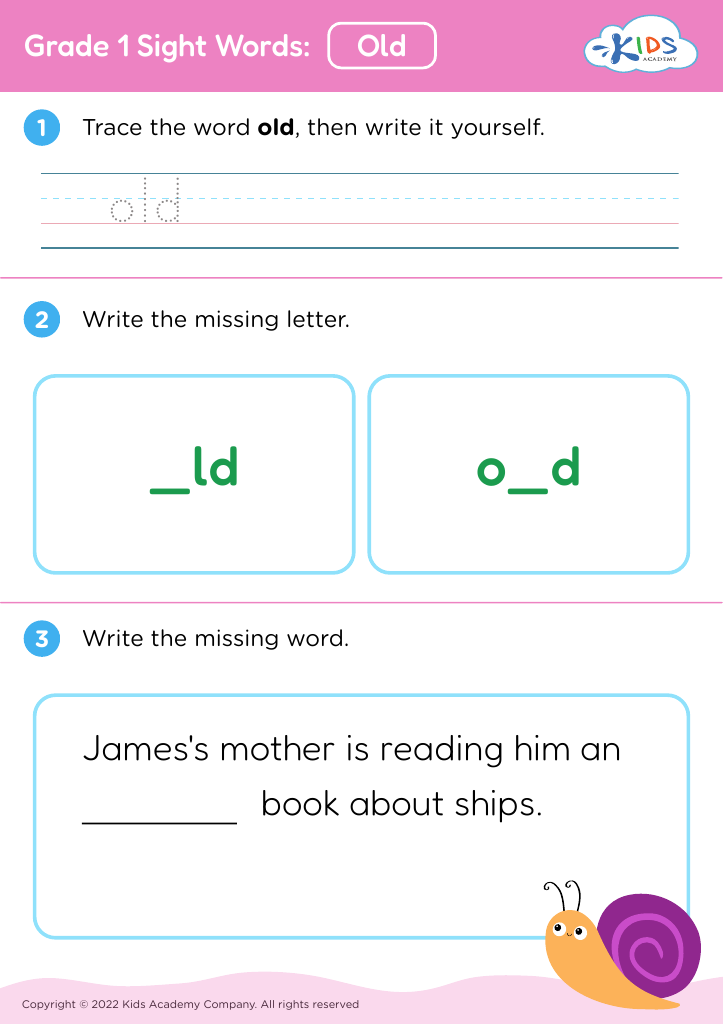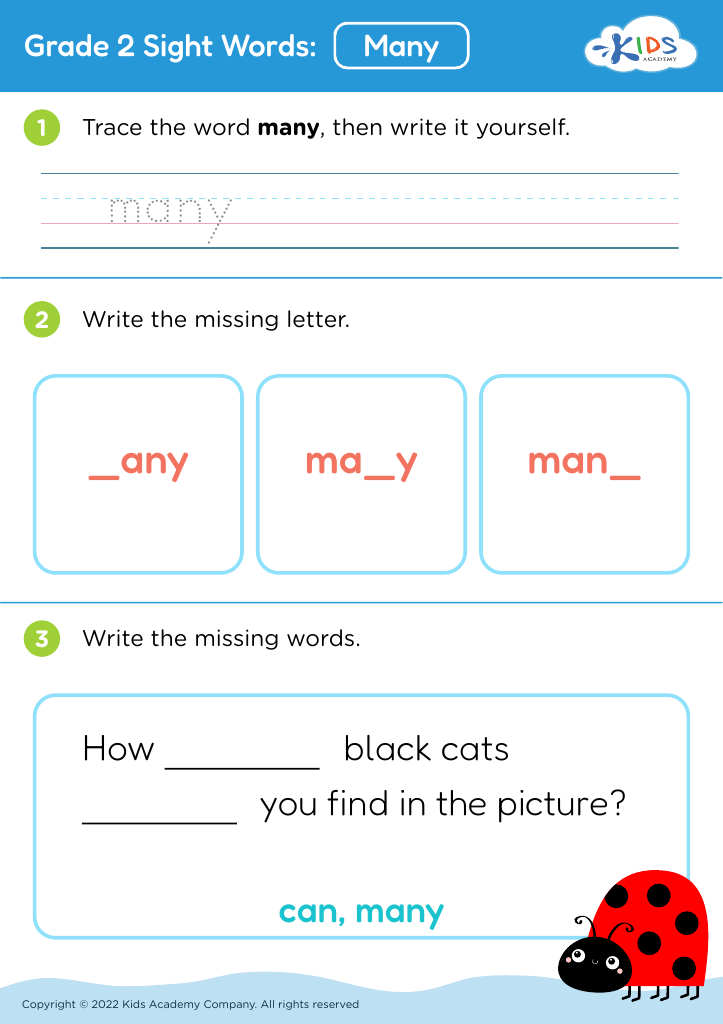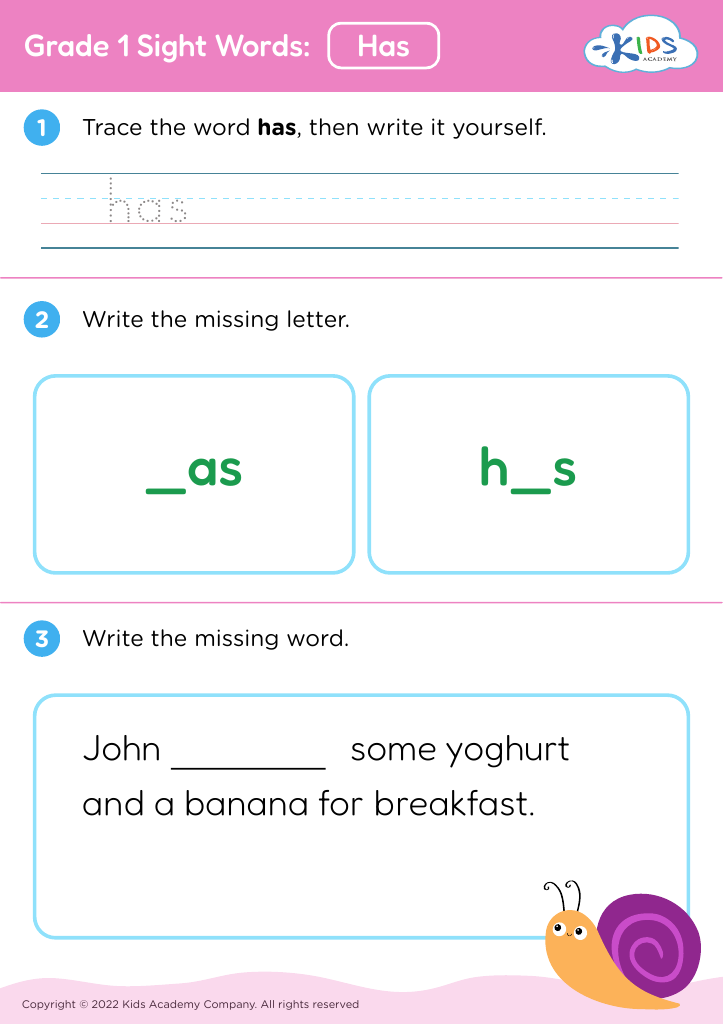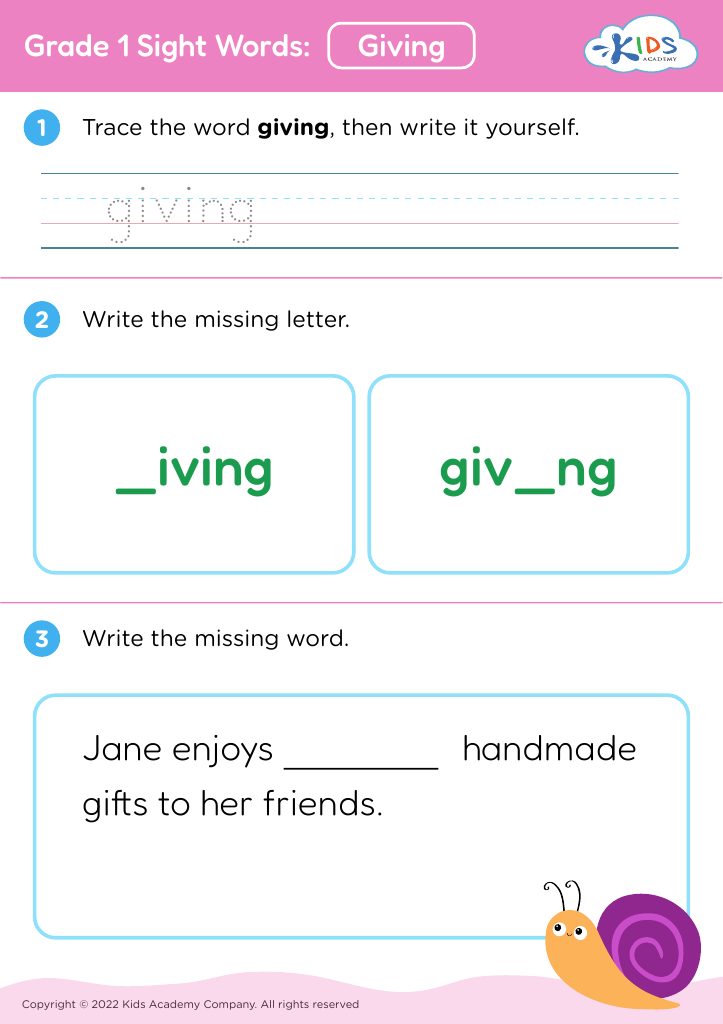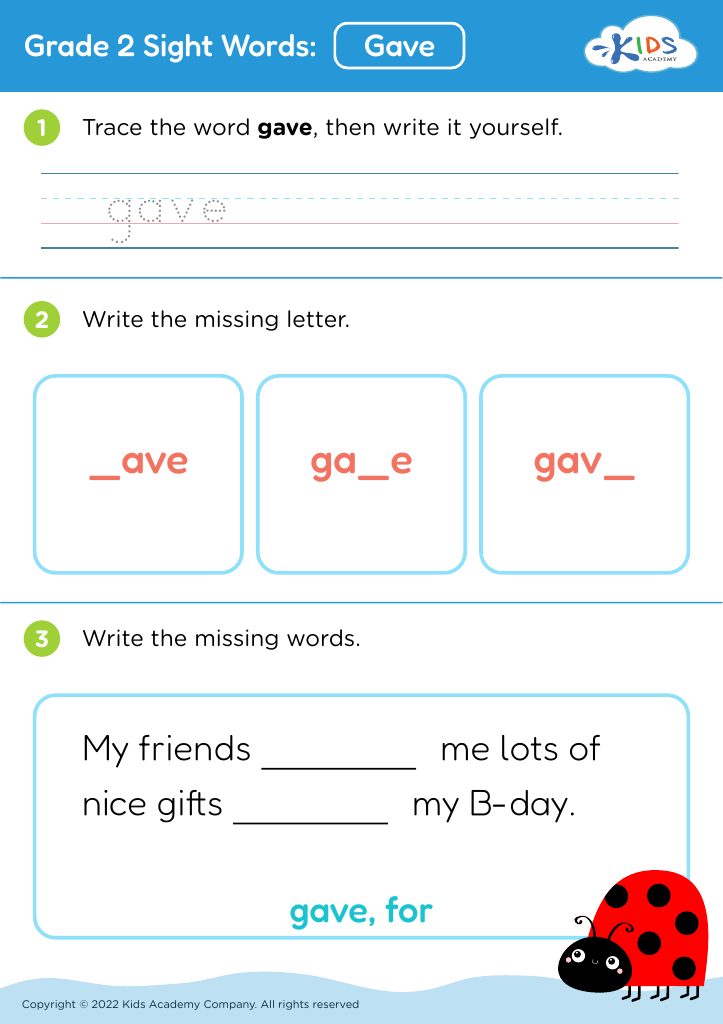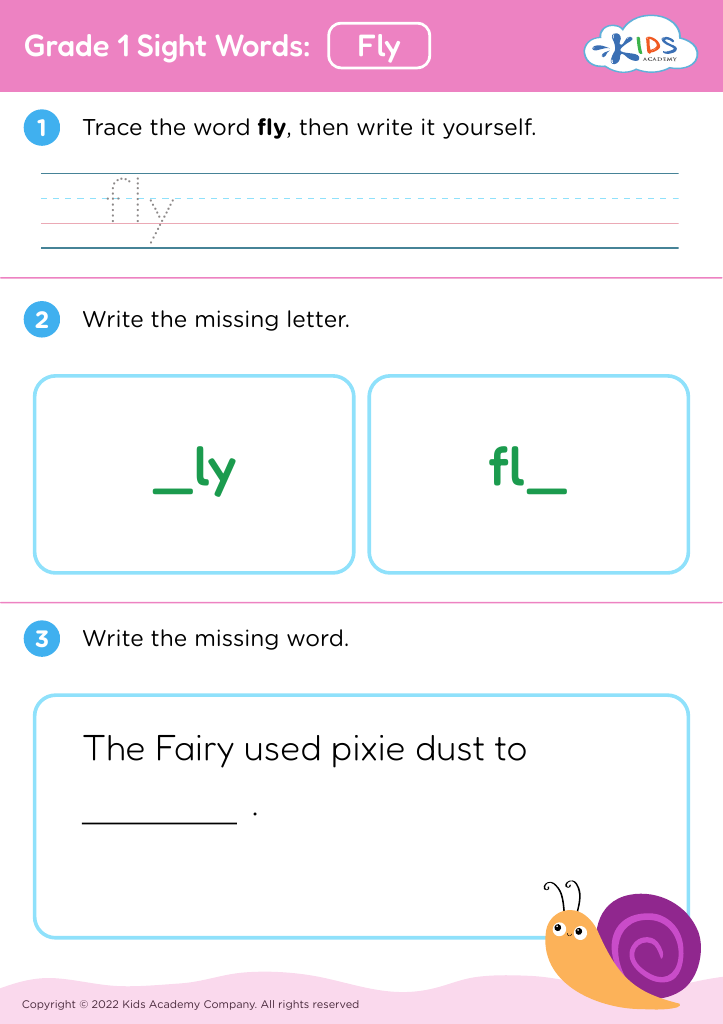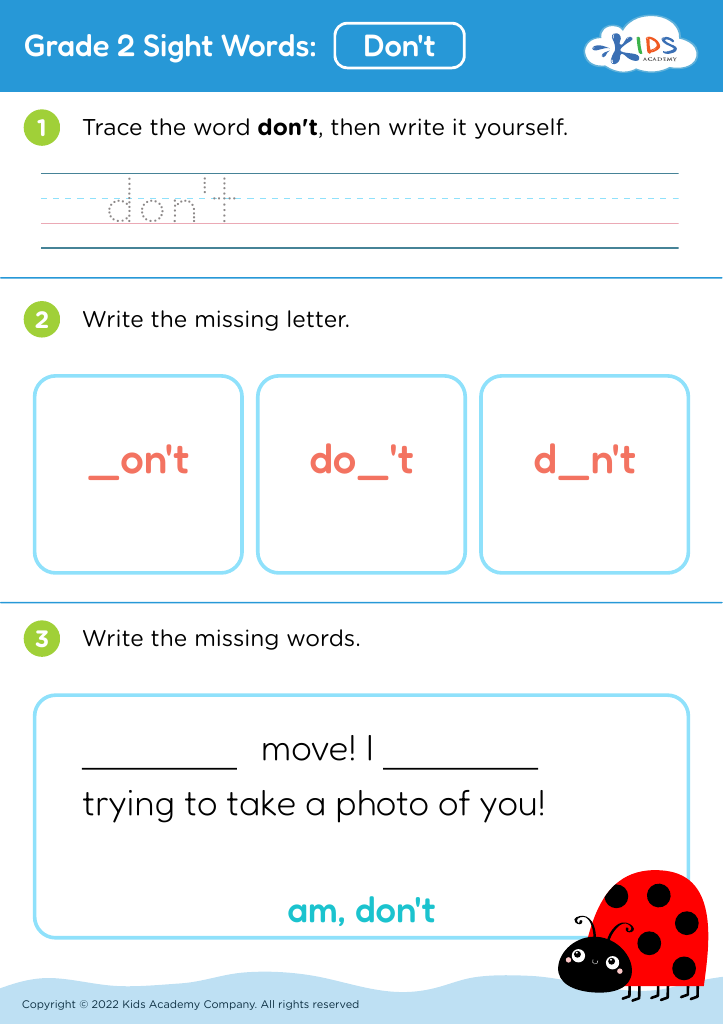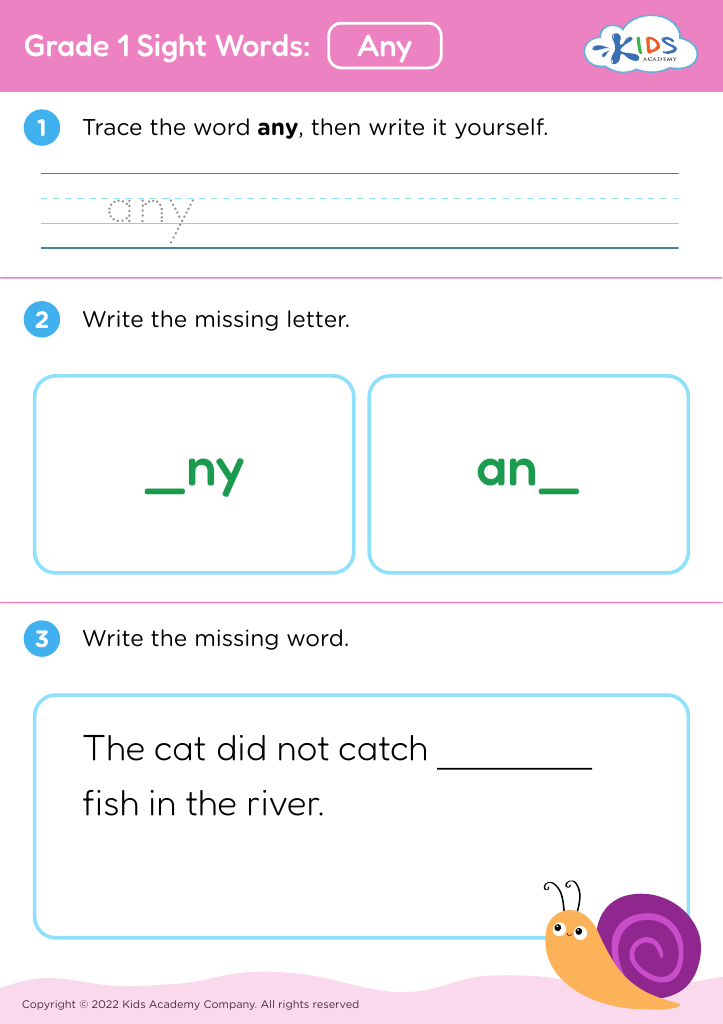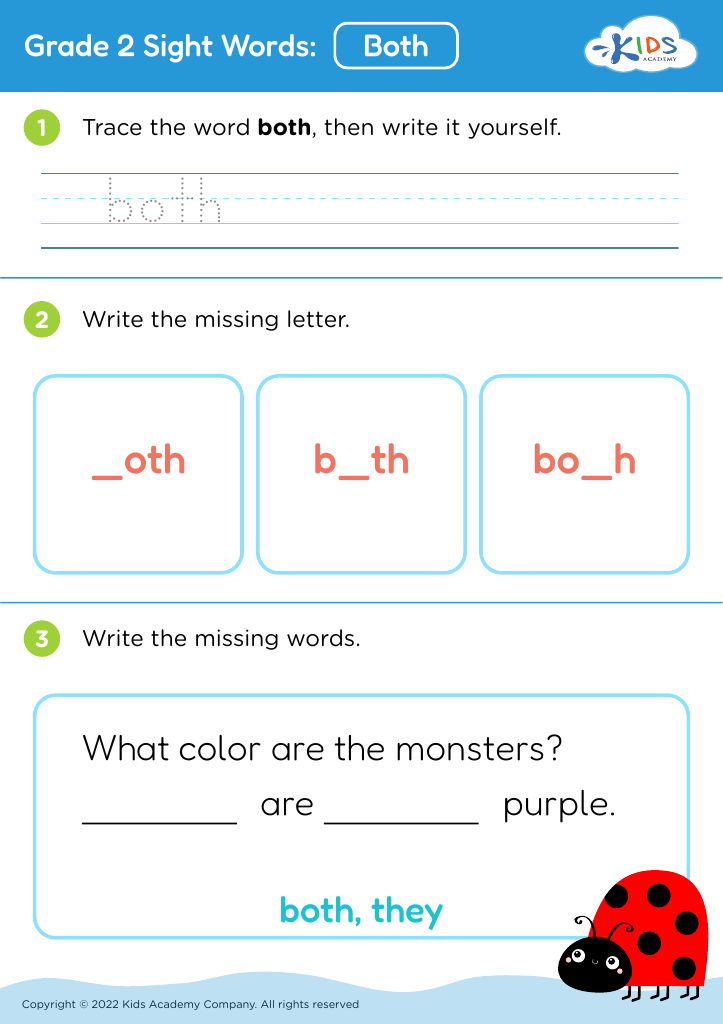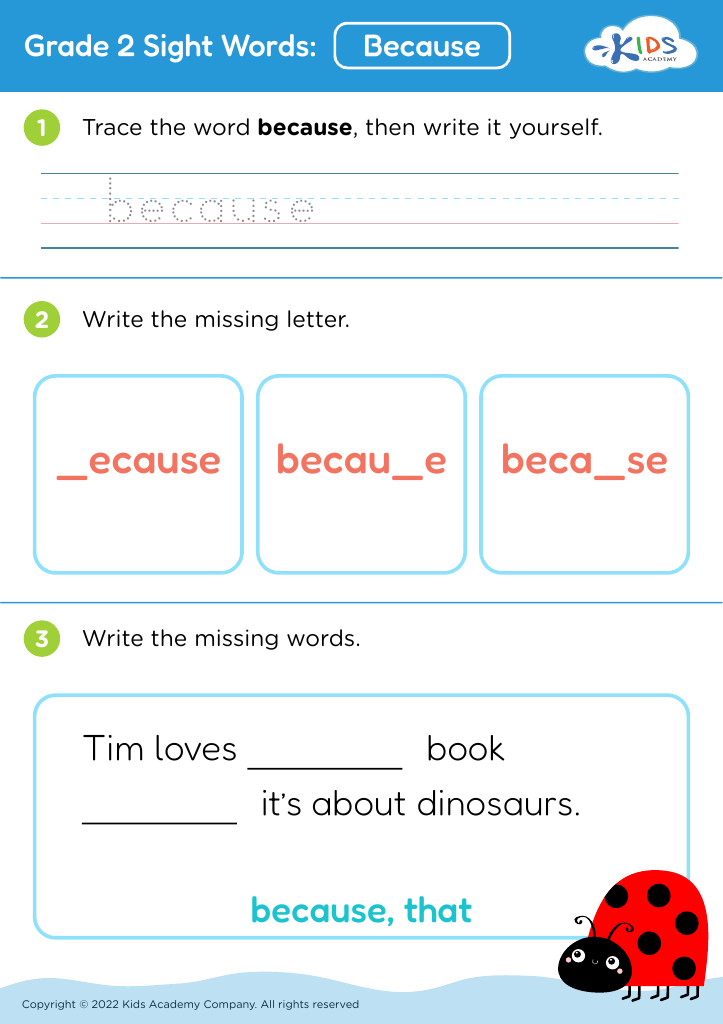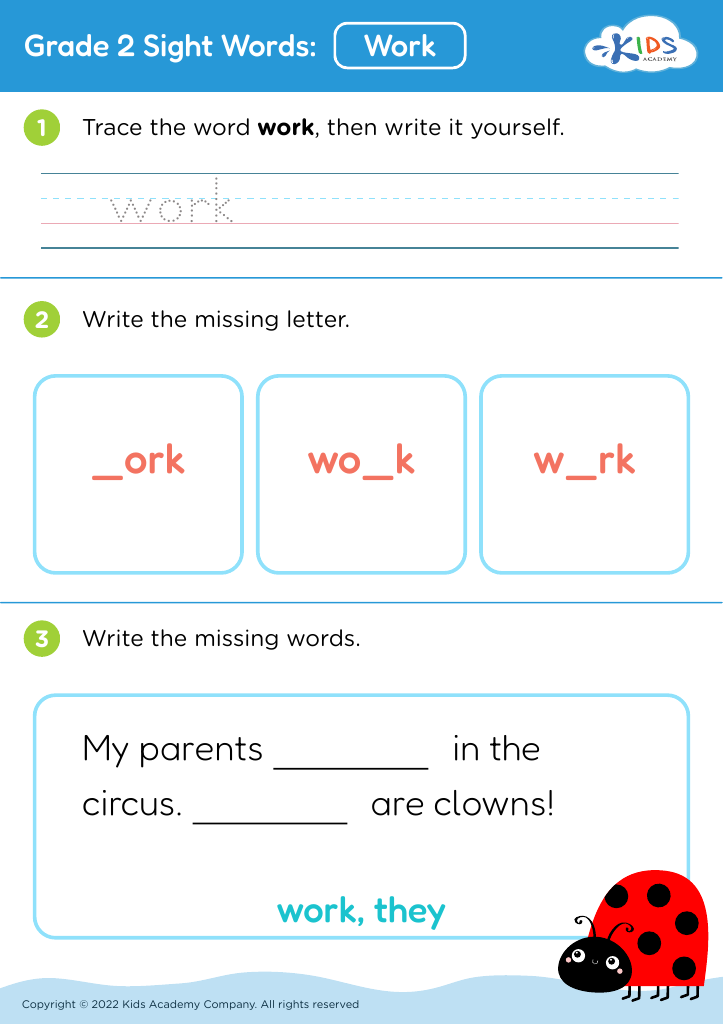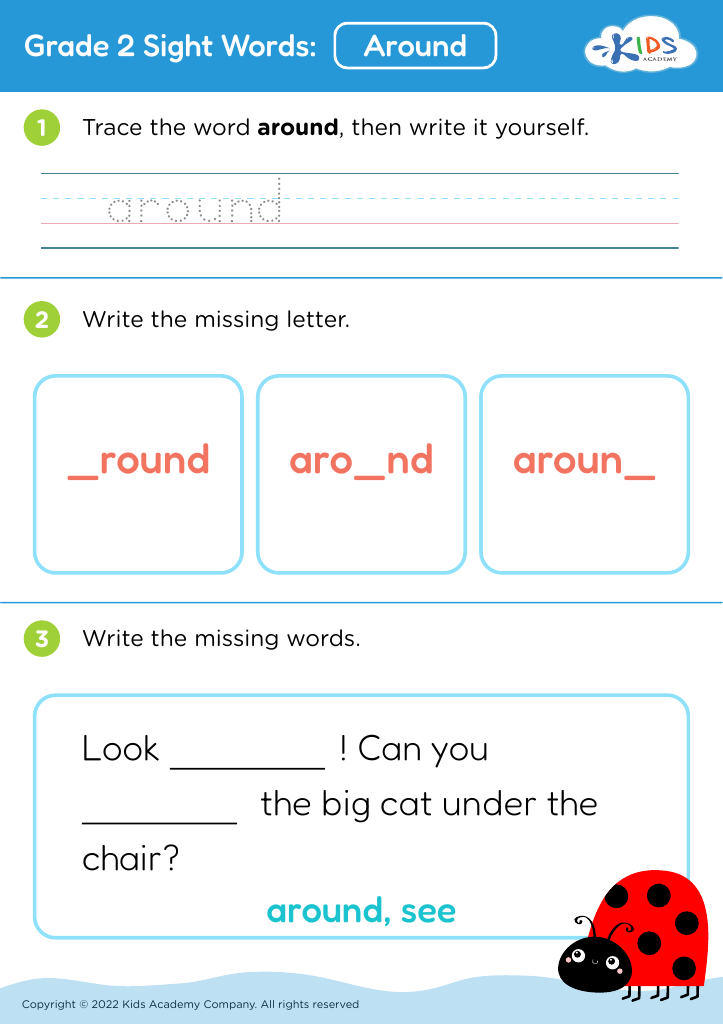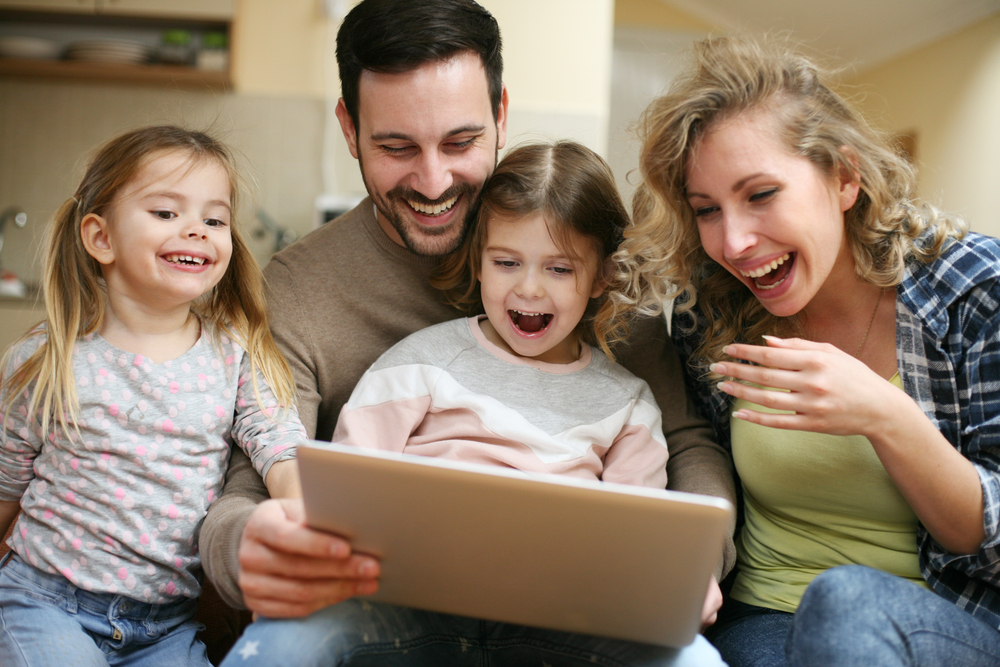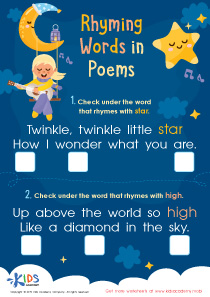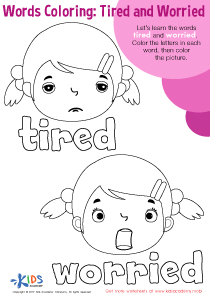Comparing Fractions Reading Worksheets for 7-Year-Olds
18 filtered results
-
From - To
Enhance your 7-year-old's math skills with our engaging Comparing Fractions Reading Worksheets! Designed specifically for budding learners, these worksheets provide simple, fun exercises to help kids understand and compare fractions. Each activity is crafted with colorful graphics and easy-to-follow instructions, making learning an enjoyable adventure. Perfect for classroom use or at-home practice, these resources boost confidence and mastery of fundamental fraction concepts. Help your child excel in math by downloading these top-quality, printable worksheets today from Kids Academy and watch their fraction skills multiply!
Introducing 7-year-olds to comparing fractions is crucial for their mathematical development and lays the foundation for more complex concepts in the future. Parents and teachers should prioritize this aspect of learning because it fosters essential cognitive skills like critical thinking, problem-solving, and analytical abilities. Understanding fractions is not just about numbers; it equips children with the ability to approach real-world situations—such as sharing food, dividing resources, or understanding portions in recipes—with confidence and precision.
At this developmental stage, children are naturally curious and able to grasp basic mathematical relationships. By presenting fractions early, educators nurture a sense of numerical literacy that benefits all future learning. Comparing fractions also aids in visual and spatial reasoning, as children learn to recognize patterns and equivalences, such as the idea that 1/2 is the same as 2/4. This kind of learning activates different areas of the brain, contributing to overall cognitive development.
Parental involvement can amplify these benefits, as real-life applications and informal practice at home make fractions relatable and fun. Encouraging proficiency in fractions prepares children for a smoother transition to more advanced mathematical concepts, ensuring they build a strong, confident, and competent foundation in math.
